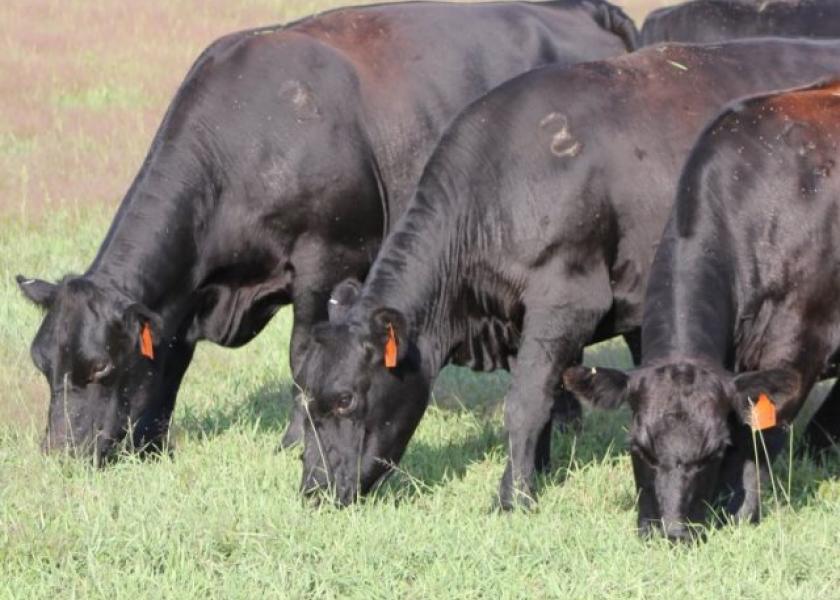Understanding The Intensive In Intensive Grazing

What do you think of when you hear the phrase ‘intensive grazing’?
By: Bruce Anderson, Nebraska Extension Forage Specialist
Management-intensive Grazing and other intensive grazing systems have been promoted for quite a few years but what does the word intensive mean when it is used with grazing?
What do you think of when you hear the phrase ‘intensive grazing’? Many small pastures with lots of fencing? Moving animals to new pastures almost daily or even several times each day? Lots of animals completely grazing small areas before moving to fresh pasture?
Most folks don’t fully understand what the word ‘intensive’ refers to when used with grazing. It’s not intensive fencing. It’s not intensive labor or intensive animal movement. And it’s especially not intensive defoliation. Intensive is all about management.
Management can’t happen unless there is a goal or objective. Or more likely, several objectives. Many advisors classify goals in three main categories. They include financial/economic goals, lifestyle/quality of life goals, and environmental/landscape goals. A timeframe also should be included within all goals. After all, actions that might maximize production or profit today or this year could result in pasture degradation and/or financial losses in the future.
Begin by deciding your goals and what you want to accomplish with your grazing. Profit, workload, sustainability, family participation, and other factors all might influence the decisions, actions, and methods you use to accomplish these goals.
Management is how you control the resources you have available. When you have only one pasture, you have little control of where and when animals graze. This one pasture could be intensively managed by controlling the number of animals placed in the pasture, when they are allowed in, and when they are removed. This placement of animals could be repeated many times throughout the year if that would allow you to meet your goals.
Even greater control, though, might be accomplished by dividing your grazing land into many smaller pieces or paddocks. But most important is how you manage the grazing of each individual small paddock as well as combine all the small pastures into one management unit.
One of the bigger mistakes many people make is to think that intensive grazing means you should graze each small pasture real short before moving to the next pasture. Sometimes severe or short grazing may be appropriate, but more often than not we want more grass leaves left behind after a move so it will regrow faster and be ready for another grazing sooner. Thus, it’s the intensity of your management that enables you to meet your grazing goals.
Intensive grazing is a great tool when used correctly. Remember – it is management, not the defoliation, that is intensive.







